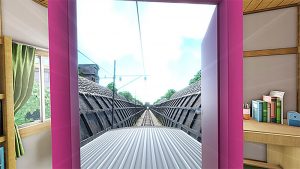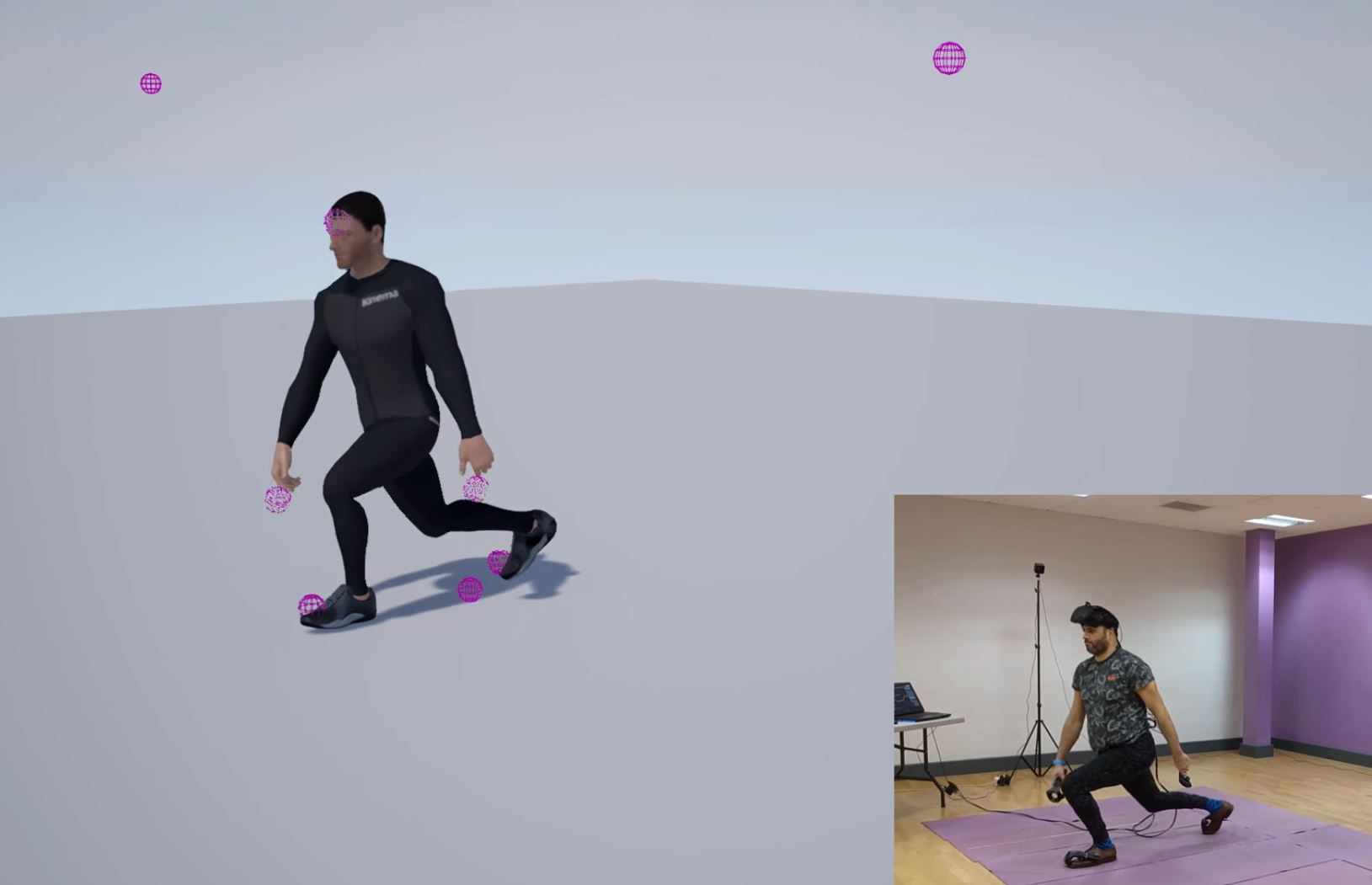I recently came upon this Facebook article from the UK about, what they claim, the world’s most immersive experience: Boom Town.
Before this posting I have never seen or heard of Boom Town before. It sounds a bit like an English variation of Burning Man mixed in with a music Festival. Music Festivals are wonderful immersive experiences. I love how Boom Town is a theme world integrated with the festival. I wonder if the theme world changes each year they put this festival together.
As far as iMyth is concerned, I think it would be awesome to empower participants to participate in an immersive theme world, such as Boom Town. With the magic of the internet, participants may choose how they interact with the theme world; actively, semi-actively or passively.
The most dramatic method would be active. Participants would be required to go to an immersive theme world arena, such as iMyth, put on the immersive equipment and jump into the fun. They would be able to physically act and react and participate with all of the sensory stimuli the theme world has to offer. Folks who participate in this method are the most adventurous and crave the most interactive of all experiences.
Semi-actively, participants could join in the fun from their mobile devices or from their home computers. They will be able to experience the theme world from personal based HMDs such as Oculus, Vive, or even Magic Leap. The important aspect is that the participants would not be required to participate from an immersive theme world arena. However, they will not be able to Physically participate. They will contribute to the experience as interactors or non-physical participants. Folks who participate at this level may not be able to physically participate in an iMyth arena. They may simply wish to not interact as deeply; metaphorically wading into the water instead of diving in.
The third option is to participate passively. Restricted once again to a mobile device or home computer, the participant will not be required to employ a visualization device, (HMD), but could view the activities of the theme world from their phone screen or monitor. The view options of this passive perspective are unlimited. However, the amount of interactivity and immersion are also the least. This perspective is for folks who wish to watch on the sidelines and sample the experience before venturing in deeper.
Festivals such as Boom Town are an inspiring goal of where immersive theme worlds can get to. Since iMyth experience can exist on all three levels of interactivity and immersion, they might actually be able to become something even larger. This of course will need to be explored further once immersive theme worlds start gaining traction.



